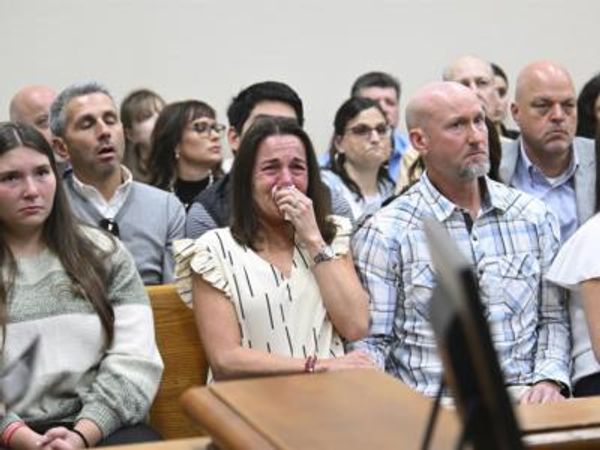
Over the last week, I’ve had the opportunity of seeing what a well-funded health service might look like. After suddenly becoming unwell, the patient was offered an immediate emergency appointment on a Sunday morning for initial treatment, with follow-up appointments for the next two days.
His condition worsened and he was admitted as an inpatient for scans and tests, with no shortage of medication to ease his symptoms. Meanwhile, I was kept informed of his progress and consulted about options throughout. When it became clear that any slim chance of recovery would require intensive and intrusive treatment that would have a major impact on his quality of life, we were provided with a private room to spend time together; he was then offered a dignified and painless death.
He was my cat, and he was treated by a typical local vet practice, amply staffed with caring professionals and support staff who I presume (from the current lack of industrial action) to be remunerated appropriately for their skills. It is a fact, however, that getting veterinary treatment either requires substantial insurance or is eye-wateringly expensive. But imagine what our National Health Service could be if we were able to fund it to the same extent.
As a basic level taxpayer, after this week’s experience I’d be content to pay more if I could be sure that it would be ringfenced for the NHS. I might then feel reassured that I’d be treated as well as my cat was.
Anne Cowper
Bishopston, Swansea
• Do you have a photograph you’d like to share with Guardian readers? If so, please click here to upload it. A selection will be published in our Readers’ best photographs galleries and in the print edition on Saturdays.







